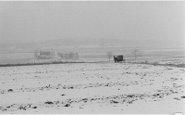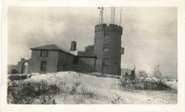sCAST - Winter '08 / '09
sCAST considers these elements when making its winter forecast:sCAST developer Dr. Judah Cohen explains...
"...the link between October snow cover in Siberia and the Northern Hemisphere's winter temperatures, and snowfall.Eurasia/s OCT 2008 snow cover of 8.88 km² was 13% below PORN (10.19 km²) this year... suggesting a generally mild winter b/c NAO/AO will be positive in JAN. Positive NAO/AO are a consequence of a strong polar vortex which keeps the coldest air at high latitudes.
"October is the month when snow begins to pile up across Siberia. October is also the month that the Siberian high, one of three dominant weather centers across the Northern Hemisphere, forms.
"In years when Siberian snow cover is above normal, a strengthened Siberian high and colder surface temperatures across Northern Eurasia develop in the fall.
""The result is a warming in Earth's stratosphere that occurs in January," said Cohen. "This eventually descends from the stratosphere to Earth's surface over a week or two in January, making for a warmer winter in Northern Hemisphere high latitudes. However, in mid-latitudes it turns colder, so winters in the northeastern U.S. and eastern Europe are likely to be colder and snowier than normal."




































